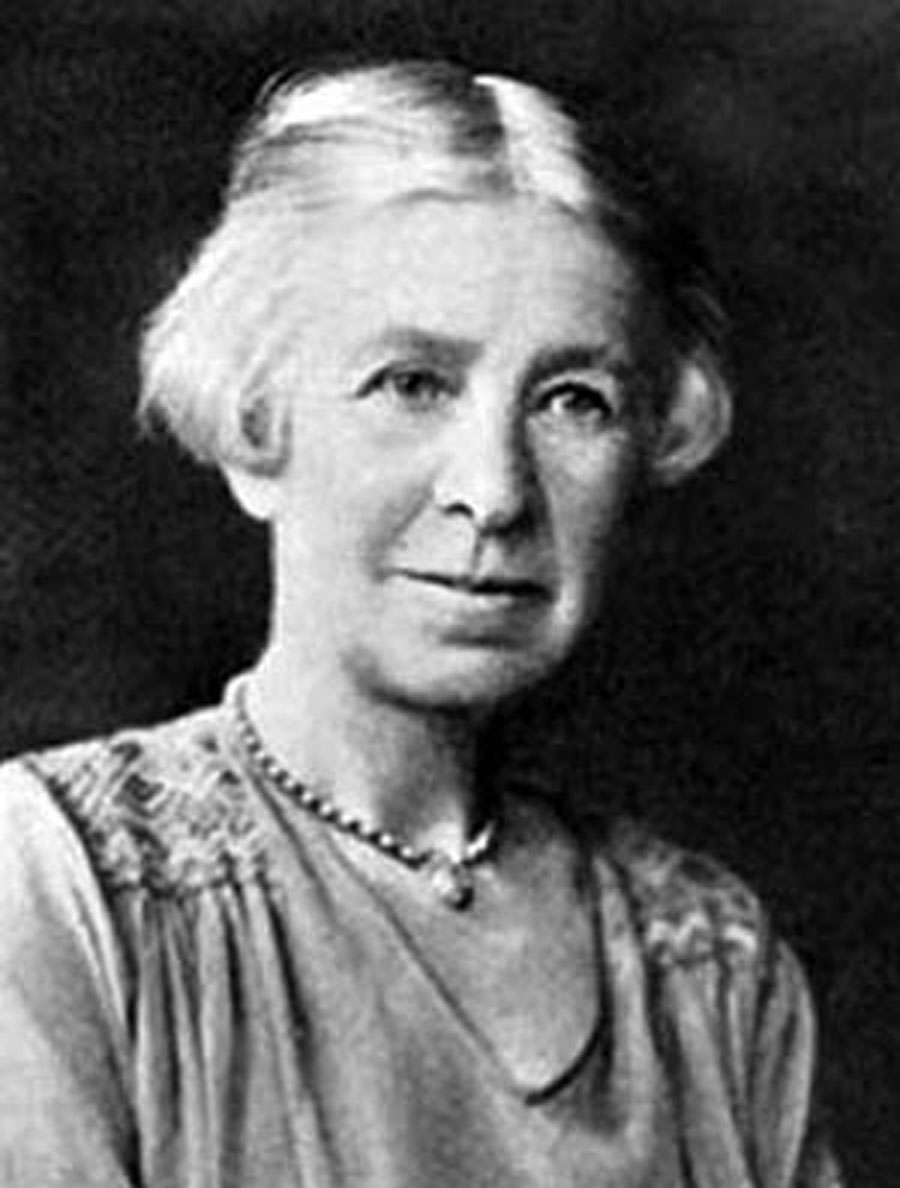The views expressed in our content reflect individual perspectives and do not represent the authoritative views of the Baha'i Faith.
Every soul is fashioned after the nature of God, each being pure and holy at birth. – Abdu’l-Baha, Selections from the Writings of Abdu’l-Baha, p. 190.
At birth, we enter the realm of opposing forces, and a lifelong spiritual journey becomes necessary to draw out the virtues and spiritual qualities within us, so we can develop more fully our inner nature and potential.
This vital spiritual quest might be thought of as a process of “soul-making,” or what the English poet John Keats says we, as “sparks of the divinity,” undergo in this “World of Pains and troubles” in order “to school an Intelligence and make it a soul.” Jungian analyst Marion Woodman says this happens “when time meets the timeless” as we constantly confront “the paradox that an eternal being is dwelling in a temporal body.” Soul-making involves being fully awake and aware as the numinous bursts forth from the unconscious, and experiences the universals of life.
The soul comes from an eternal realm, says the underlying spiritual principle of soul-making. At birth, it is separated from the original, sacred union it knew, and spends its life here on the physical plane of existence learning timeless lessons and seeking that lost union.

Evelyn Underhill
The world’s sacred traditions offer us many guideposts to follow as we undertake this journey. One of the better known is “The Mystic Way” as described by Evelyn Underhill in her classic work Mysticism. She outlines this journey of the soul as a series of five mystic states: First is the state of “awakening” into a consciousness taking us beyond the temporal world. The second state is “purification,” a purging of imperfections and false desires that are not in harmony with the newly perceived reality. The third state is “illumination,” a lifting of consciousness from a self-centered to a Creator-centered world. The fourth state is “the dark night of the soul,” or a symbolic death leading to surrender and rebirth. Finally, “union” consummates the mystic way. Here, the two worlds, the eternal and the temporal, become one.
But there may be no better or more eloquent road map of the journey of the soul than Baha’u’llah The Seven Valleys. This brief mystical treatise, which can be interpreted in many ways, provides divinely inspired insight into why and how the soul’s journey here benefits us in the next world. The essence of The Seven Valleys could be understood as a process of learning to see the end in the beginning, and of finding divine aid and assistance at every turn:
The stages that mark the wayfarer’s journey from the abode of dust to the heavenly homeland are said to be seven. Some have called these Seven Valleys, and others, Seven Cities. And they say that until the wayfarer taketh leave of self, and traverseth these stages, he shall never reach to the ocean of nearness and union… – Baha’u’llah, The Seven Valleys, p. 3.
At every step, aid from the Invisible Realm will attend him and the heat of his search will grow…
And if he meeteth with injustice he shall have patience, and if he cometh upon wrath he shall manifest love… For… those who journey in the garden-land of knowledge… have passed over the worlds of names… they have made their dwelling-place in the shadow of the Essence… – Ibid., pp. 6, 13, 15.
The Seven Valleys provides a template for knowing what we can achieve through conscious effort; seeing in the oscillation of opposites the possibility of their union; recognizing that the resolution of such a procession of opposites in our lives can move us closer to our Creator; and understanding that our deepest spiritual transformation comes about, not through escape from the world, but work in the world, as service to humanity. It becomes clear that spiritual growth, and in particular the journey of the soul, carries with it a distinct service orientation.
In The Seven Valleys, first comes the Valley of Search, where great patience is needed in leaving behind all selfish desires in order to seek “naught but the object of his quest.” Second, the Valley of Love describes a state of ecstasy, awakening, and yearning where all self-awareness, reason, and guidance are temporarily lost. This prepares the seeker for the Valley of Knowledge, “the last plane of limitation,” where we come out of doubt and into certitude recognizing providence in all things, and the inner significance of all things. Next, the Valley of Unity represents a significant transition between the first three and the last three valleys as a bridge between the temporal and eternal realms; it confers an understanding of the divine unity of all created things, equivalent to the final stage of the mystic way.
The last three valleys represent the highest realms of the soul’s development; they describe emotions that come from the soul, yet animate the whole being. The Valley of Contentment brings the reward of continual spiritual happiness through an experiential understanding of God’s bounty and grace, and with it a sense of inner peace. Then, the Valley of Wonderment reveals “… a new creation, and… a myriad perfect wisdoms,” which inspires heightened spiritual empowerment. The final stage of the soul’s journey—the Valley of True Poverty and Absolute Nothingness—allows us to realize the greatest spiritual wealth possible in the context of eternal life. This valley describes the fullest expression of what is humanly possible in the world when one becomes detached from the temporal things of the world, which will pass away when one becomes truly selfless.
This seven-stage journey of the soul completes the transformation that began with the self desiring things, and ends in the self desiring to give of itself to others. This altruistic love, given back to the world, takes the form of service to humanity. On the deepest level, it is understood from the personal experience of this journey that only oneness exists. The path of soul-making leads to connectedness and wanting to live in harmony with the divine will by contributing to an ever-advancing civilization.
In The Seven Valleys, what appears to be a principle of the mystic life—the seemingly solitary quest for union—becomes a guiding principle for everyone. The Baha’i teachings encourage the living of one’s life according to the principle of union and the essential oneness of all life, not merely as a social commitment, or even an act of social justice, but as a core spiritual belief designed to direct and guide every aspect of our lives toward the fullest achievement of all that humanly possible.
Next: Identifying a Blueprint for Transformation in Our Lives
You May Also Like
Comments

















The book is very special to me. I love
how it stretches us with all the paradoxes: the lover is "chill in the
fire and dry in the sea", we can find
a drop in the ocean but in the drop
behold "the secrets of the sea",
"Split the atom's heart, and lo! Within
it thou wilt find a sun...". It's hard to see unity in opposites, but that is part of detachment from this limited
world. It's good to ...remember "'Knowledge is a single point,
but the ignorant have multiplied it.' ".
This ability to see unity even helps us
see "the end in the beginning" so
we are more comfortable with the
idea of timelessness, which I think
prevails in the after-life!